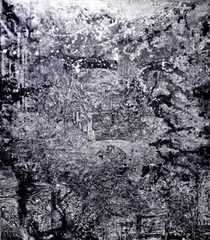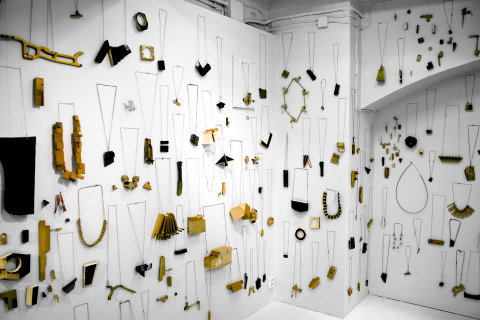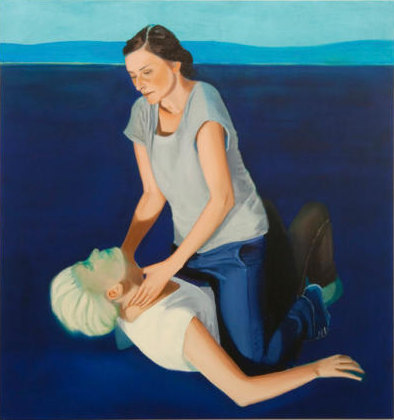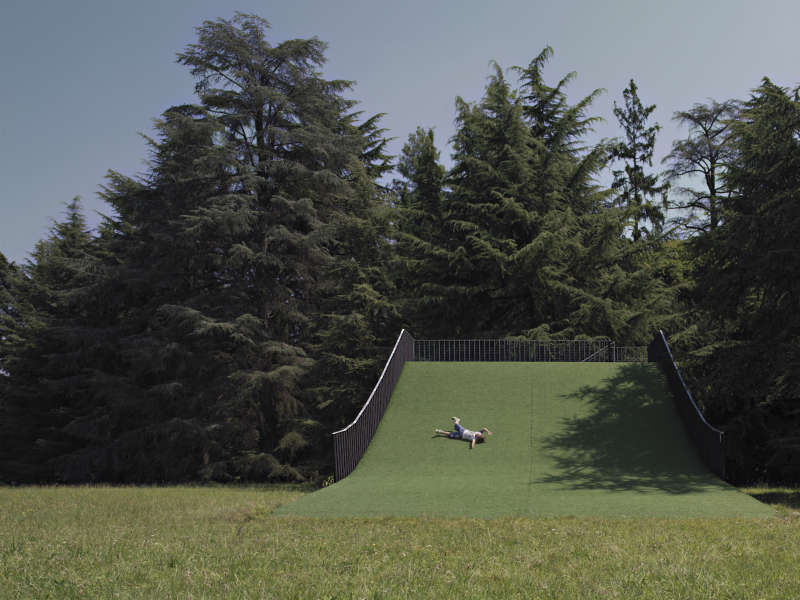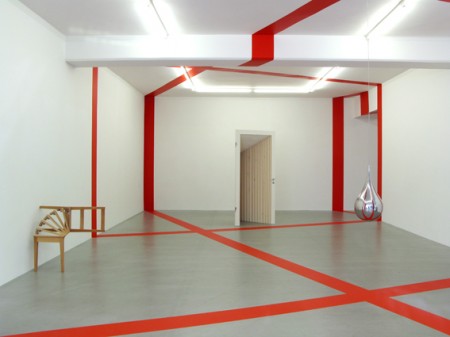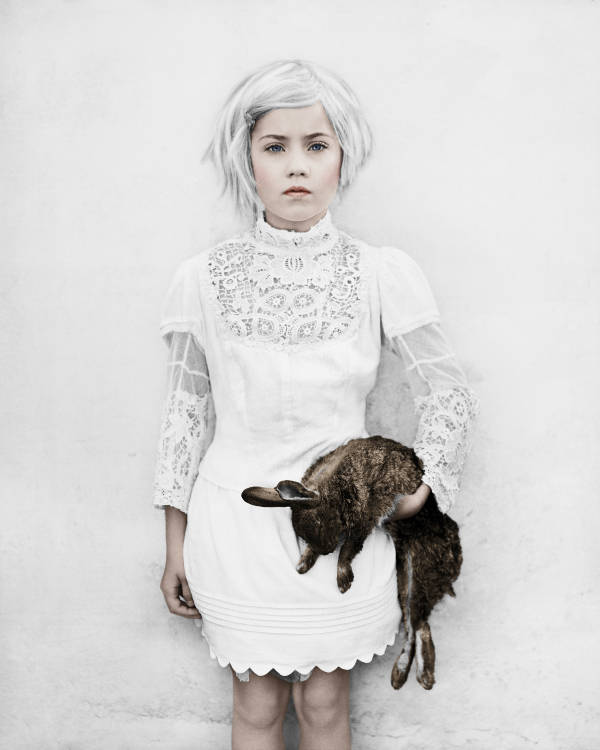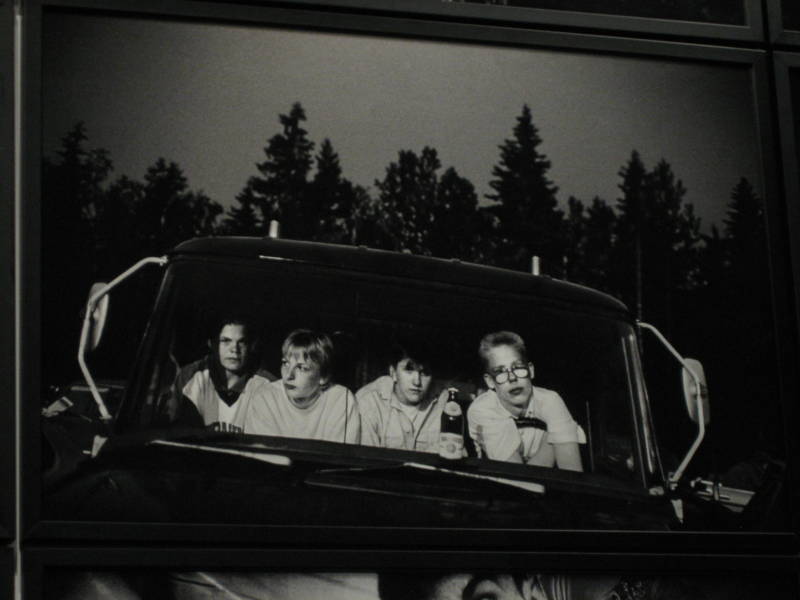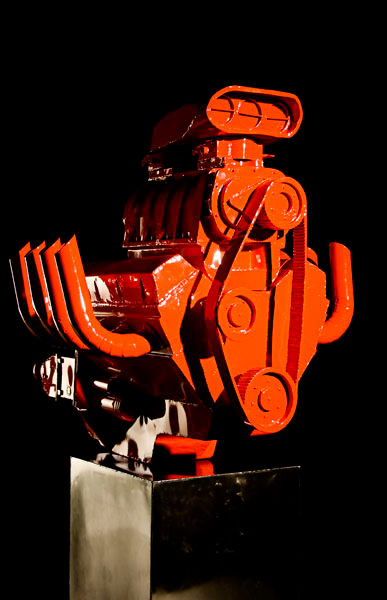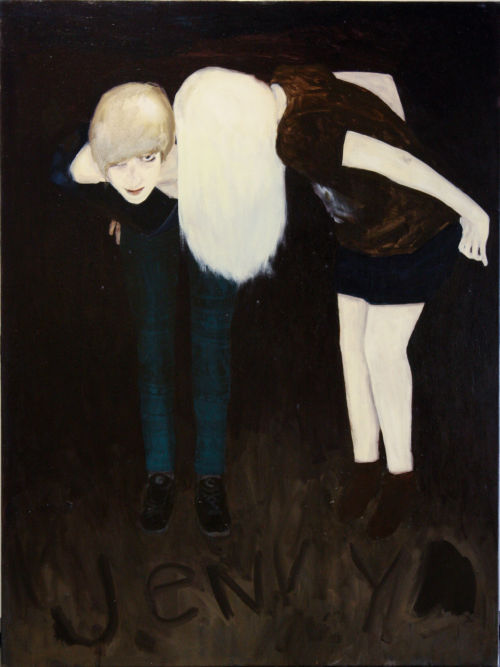| Viktor Rosdahl, Ein, Zwei, Drei, 2010, image: Christian Larsen |
Christian Larsen’s current exhibition “In Darkness, the Embrace of the Streets” displays recent paintings by Malmö-based artist Viktor Rosdahl. One in particular Ein, Zwei, Drei, 2010 can easily serve as a striking representative of both the dark climate and bleak temperament of Stockholm during winter. Using thick layers of textured ink on canvas expressing shades of white or pale grey on a dark grey or black background, Rosdahl is sensitive to both painterly detail and emotion. Miniscule brush strokes are detectable, suggesting an apocalyptic awe when considering the work’s grand dimensions. One mood portrayed appears to be influenced by forces which are not in anyone’s control, such as inevitable change, decay and regeneration found in nature, and perhaps unforeseeable mayhem or disaster. More »
